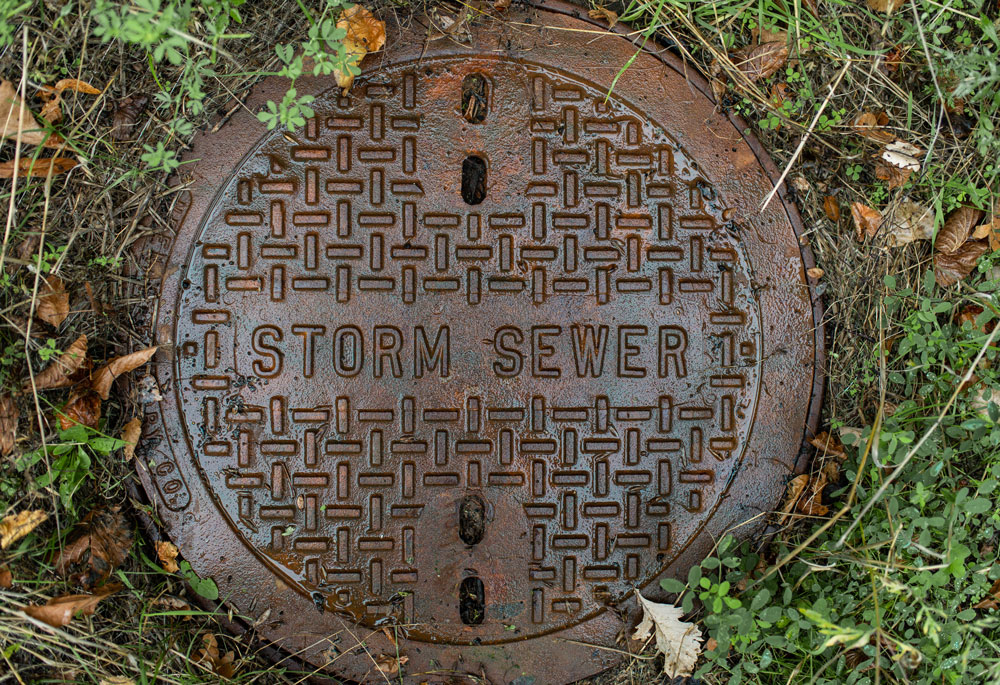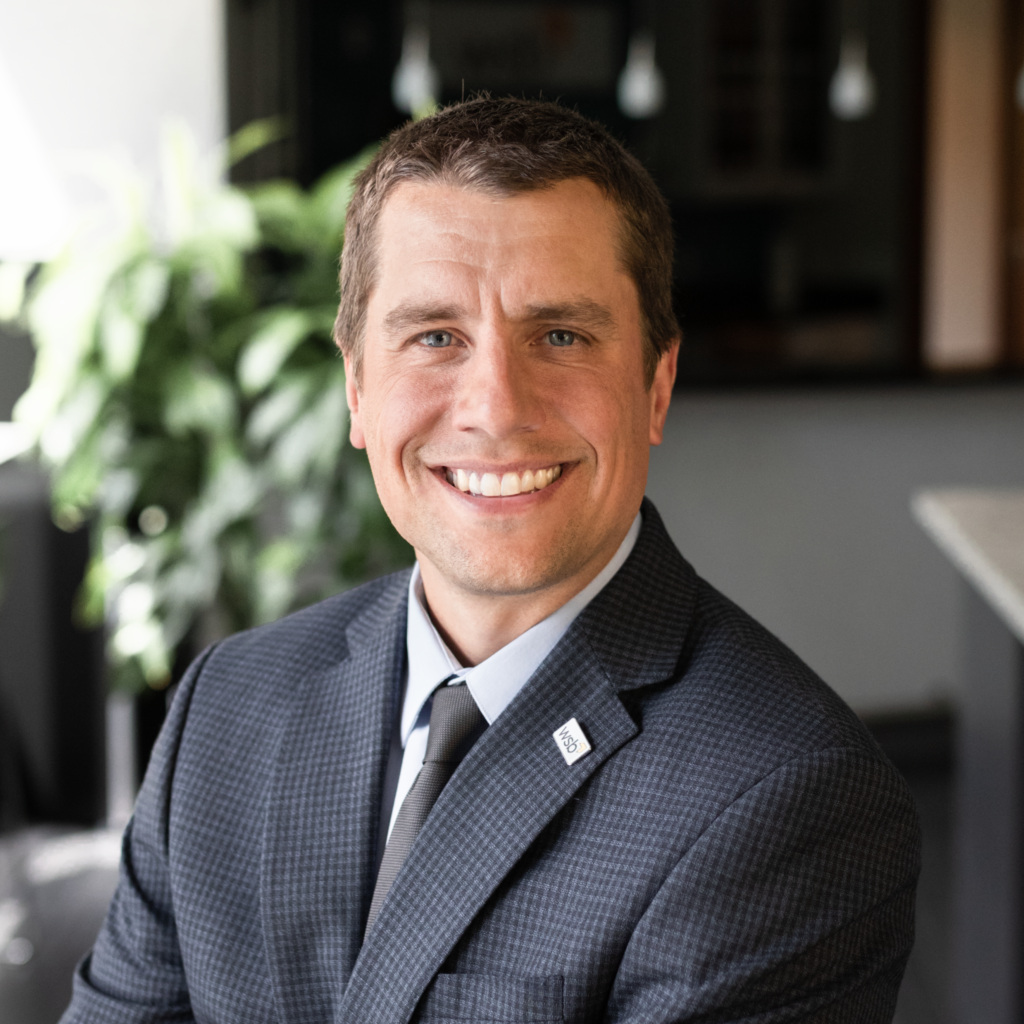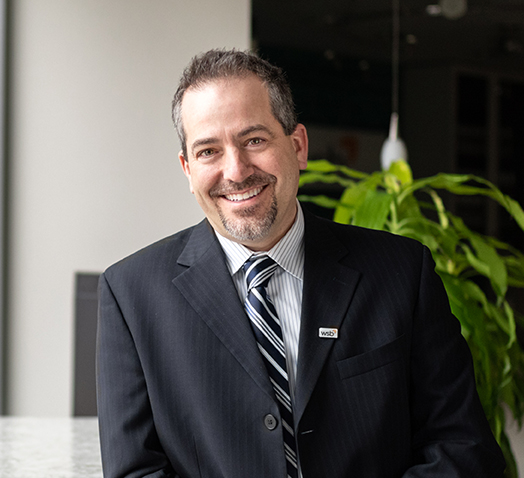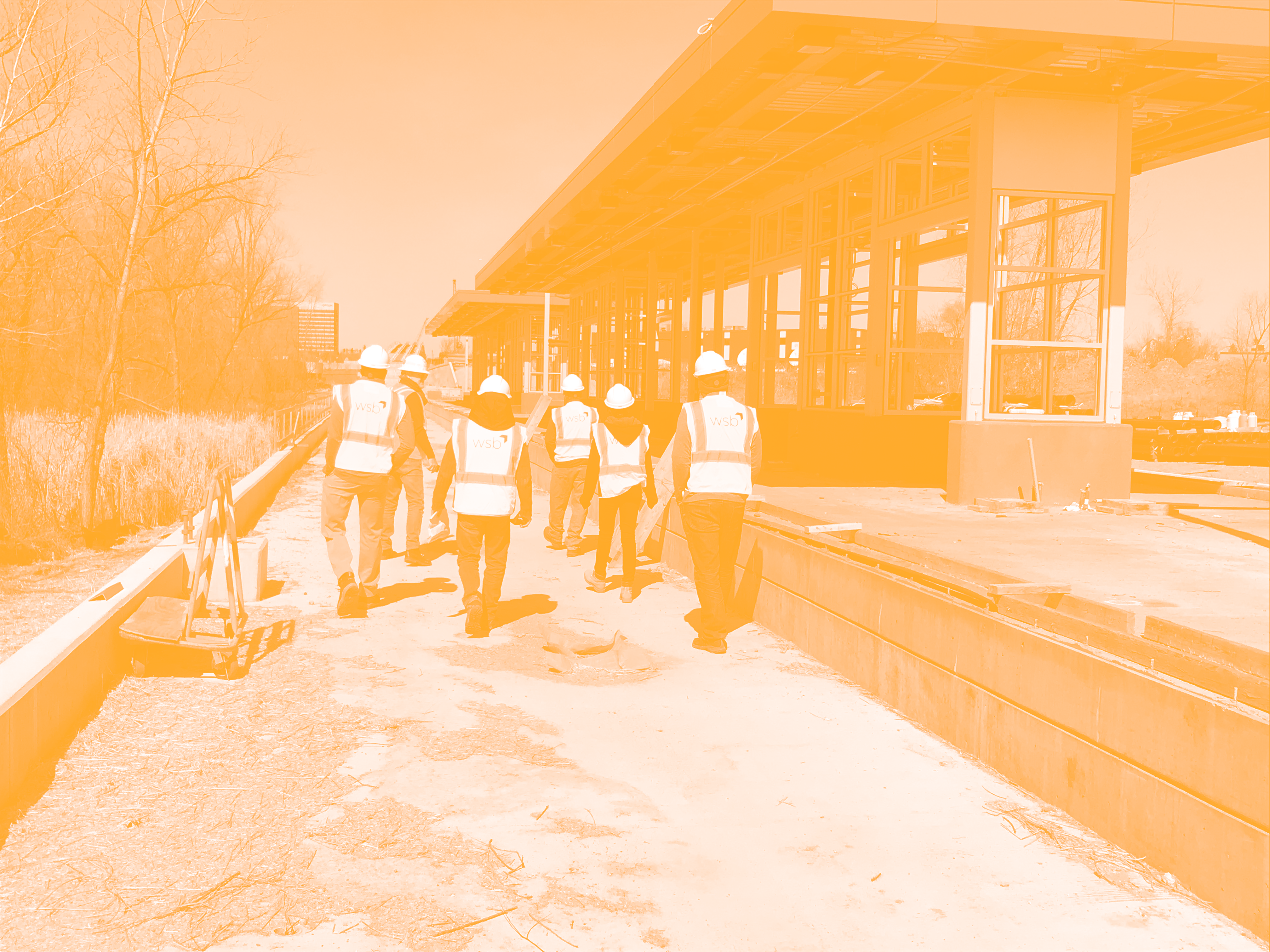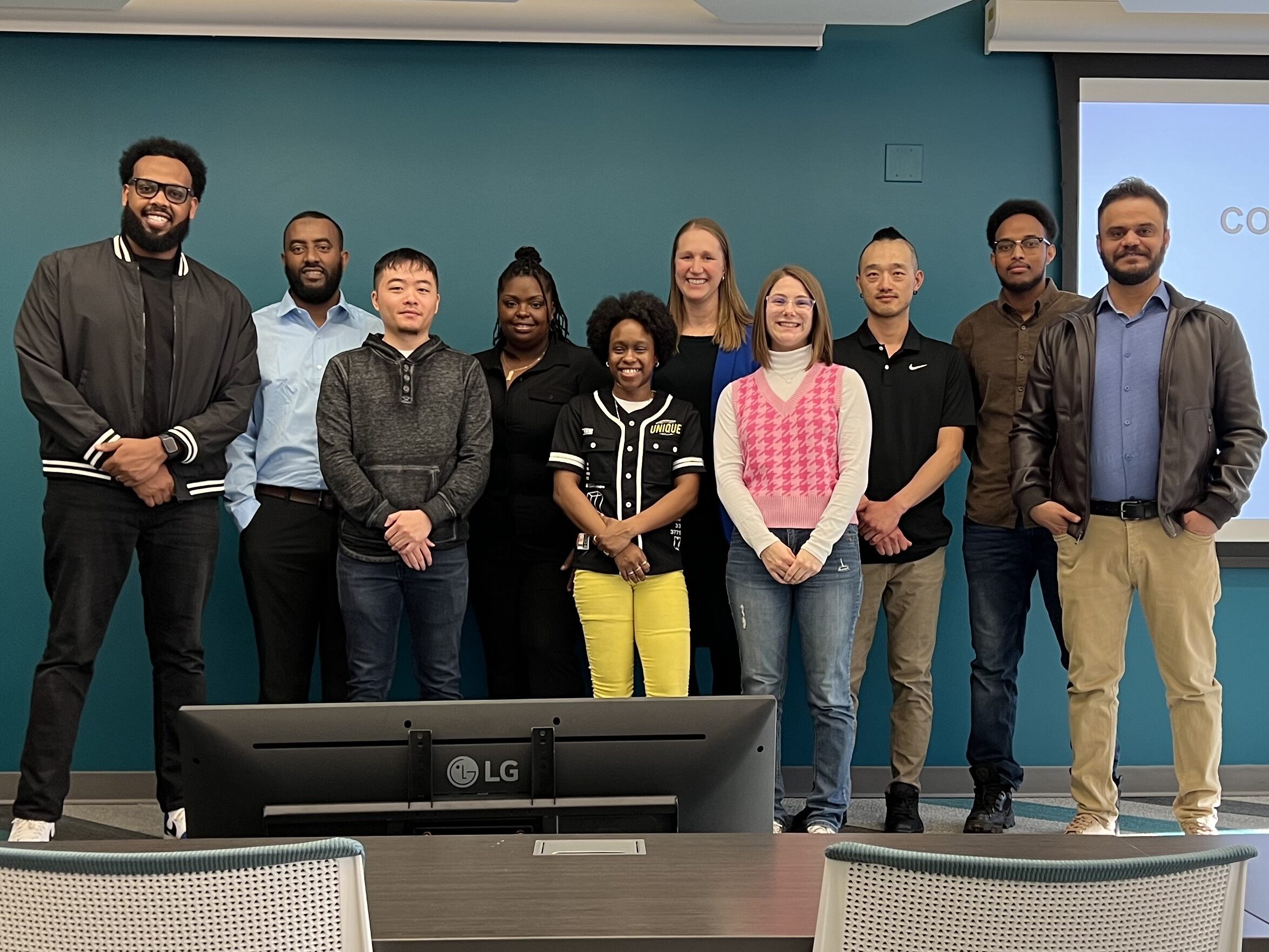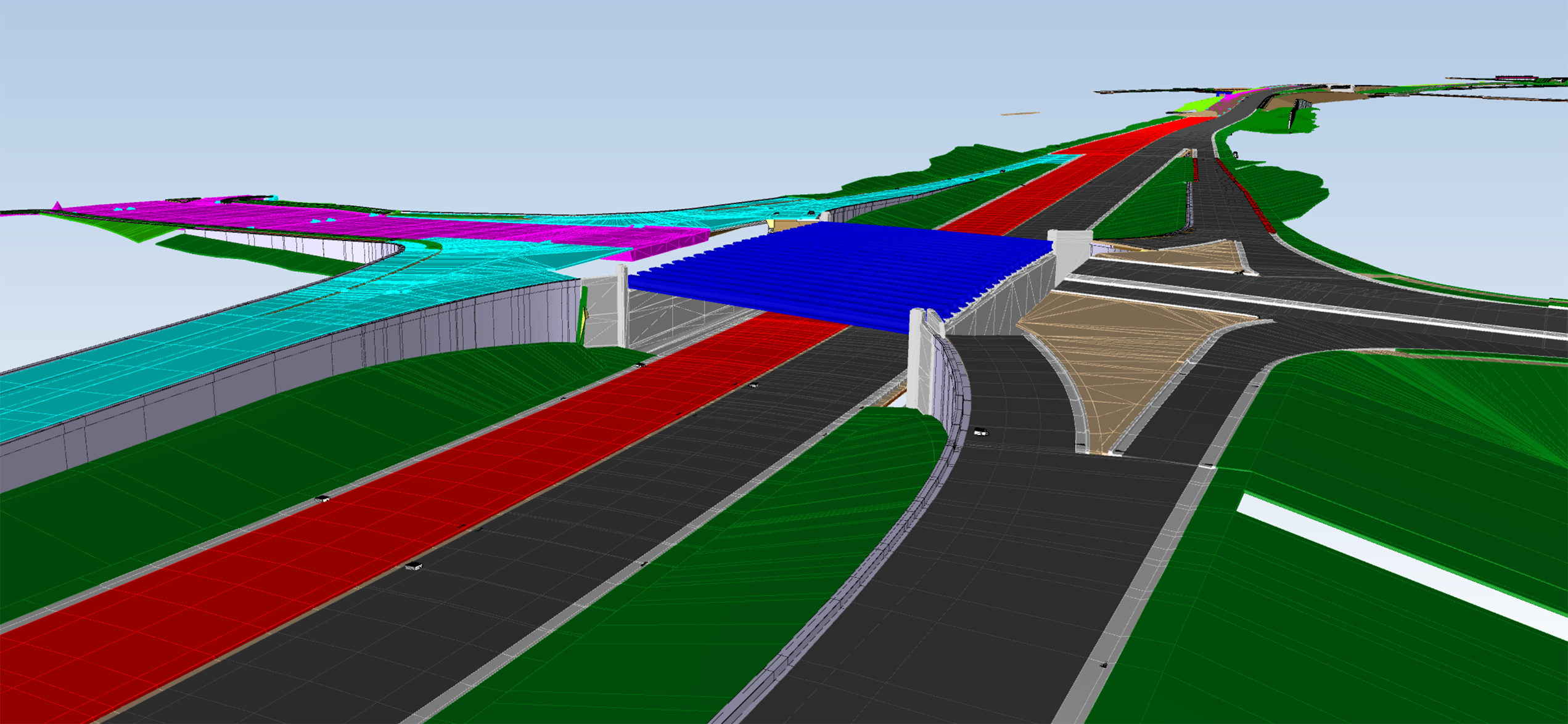
What Do the New PFAS Standards Mean for You
April 29, 2024
By Steve Nelson, Director of Water/Wastewater and Ryan Stempski, Sr Project Manager, WSB
This year, the Environmental Protection Agency (EPA) implemented new drinking water standards to limit exposure to the ‘forever chemicals’ Per- and polyfluoroalkyl substances (PFAS). The EPA’s new PFAS standards are four parts per trillion as the maximum contaminant level in drinking water. Communities whose water used to be compliant may no longer meet the EPA’s standards and now must comply with these new requirements within the next five years. By setting these new standards, the EPA started a compliance timer for communities across the United States, with much to be done including public notification, analyzing contaminants, grant applications, and designing and planning.
So how can communities prepare, plan and produce results? Here are some places to start.
Communication is Key
One of the first tasks for communities struggling with PFAS is preparing a proper communication plan. This includes coordinating with state agencies as well as relaying details to the public and those directly affected by the work that will need to be done. To ensure transparency, municipal water suppliers are required to notify the public within 30 days and cities are required to publish a consumer confidence report onto their websites by July. A well mapped out communications plan is imperative to informing the public, stakeholders and agencies about the issues, identifiable solutions and how to implement those solutions.
Finding Solutions Through Feasibility Studies
To best identify PFAS related issues and plan the necessary solutions, a city must implement a feasibility study. Through this study potential solutions to water contamination are identified and the suitability of these solutions are noted. For instance, is it possible for a city to develop a new source of water? This could mean looking for wells from different uncontaminated aquifers or reconnecting pipes to neighboring water systems. If it is determined that alternative solutions like these are not suitable for your community, treatment for the removal of PFAS may be the only solution.
The most widely used process for removing PFAS is granular activated carbon (GAC). GAC media is loaded into filtration vessels, when water is passed through the GAC filter bed where PFAS molecules attach to open adsorption sites in the granules. However, this GAC media requires expensive disposal and replacement every few years.
The other common treatment method uses ion exchange resins. Ion exchange resins are tiny beads that can capture PFAS molecules. This method can require more pre-treatment and disposal costs than GAC. Additional methods are being piloted and studied with the hope of making PFAS removal even more cost effective through processes that include on-site destruction of PFAS molecules – thereby avoiding the expensive disposal of granules and resins.
The Race for Funding
Just as cities must meet the standards in time, so too must they keep up with grant funding deadlines. A plan can be great but without the funding, it might not perform well. Applying for agency grants and monitoring funding legislation moving through state legislatures are necessary to both identify and secure funding to meet PFAS standards. A variety of funding opportunities can be utilized for administering studies, designing treatments and constructing projects. Five years may seem like a long time, but with the time spent seeking out and applying for funding on top of studies, designs and construction phases, cities need to start planning today.
How WSB Can Help
Communities now facing the impending deadline need to have an experienced team to help develop a communications plan, perform studies, apply for funding and provide design solutions. A great deal needs to be accomplished in only a few years. WSB’s team has decades of experience and knowledge on every aspect of PFAS removal. We can help execute solutions that improve water quality for the health and safety of the public and ensure cities can meet the EPA’s new standards.
Currently WSB is offering to provide cities with a PFAS Assessment and Response Strategy that includes a discovery interview with the water system operator, water system data review and analysis, and options for the city to consider as next steps. Contact us to learn more.
Steve designs treatment plants and renovations (for both groundwater and surface water plants) including treatment process technologies such as reverse osmosis, ozone, activated alumina, biological filtration, lime softening, radium reduction, plate settlers, plate and frame presses and solids handling. He has worked with the AWWA Office of Government Affairs and the AWWA Research Foundation on water studies.
[email protected] | 612.258.8152
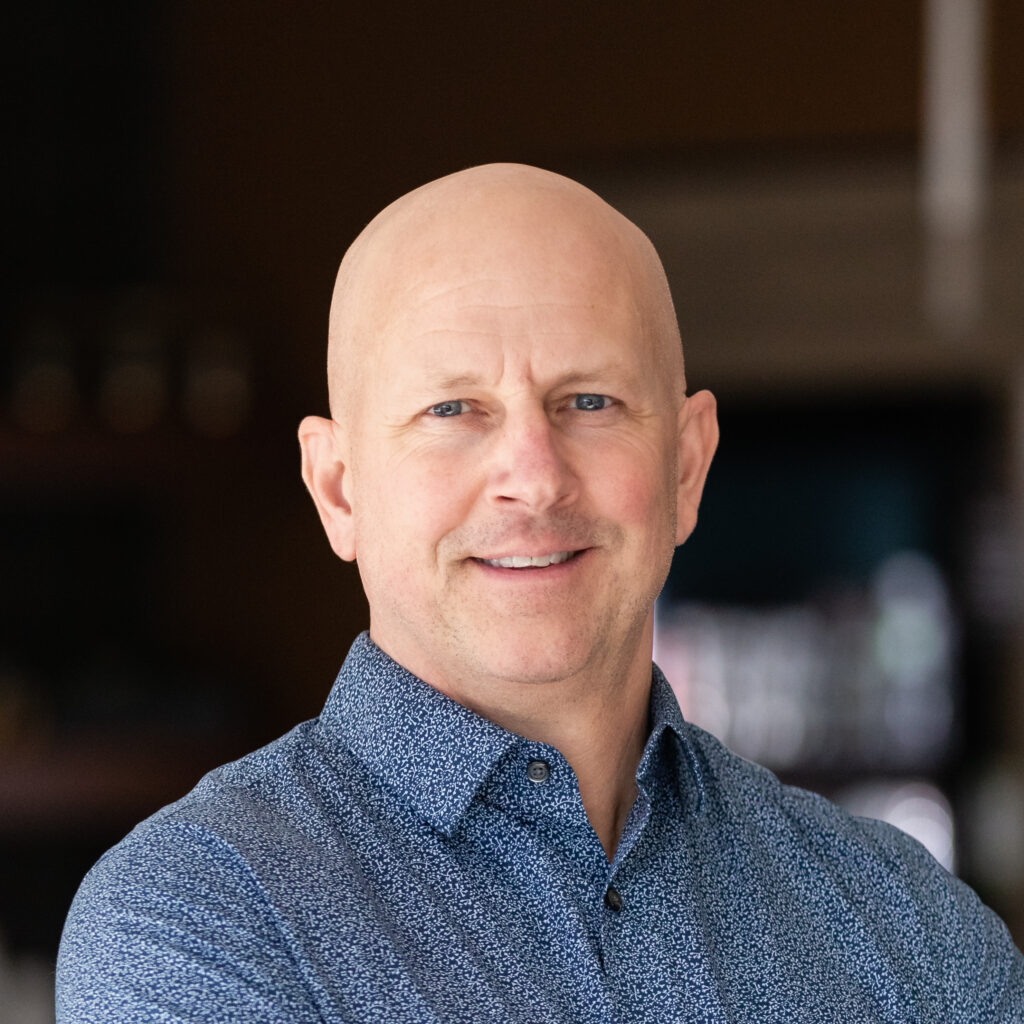
Ryan has more than 18 years of experience working on engineering solutions related to PFAS. This includes coordinating with agencies, public communications, funding, planning and design of PFAS removal, and O&M of those solutions. He has worked with various municipalities to bring accurate and confident communication to the public on this legacy contamination.
[email protected] | 612.670.8071



